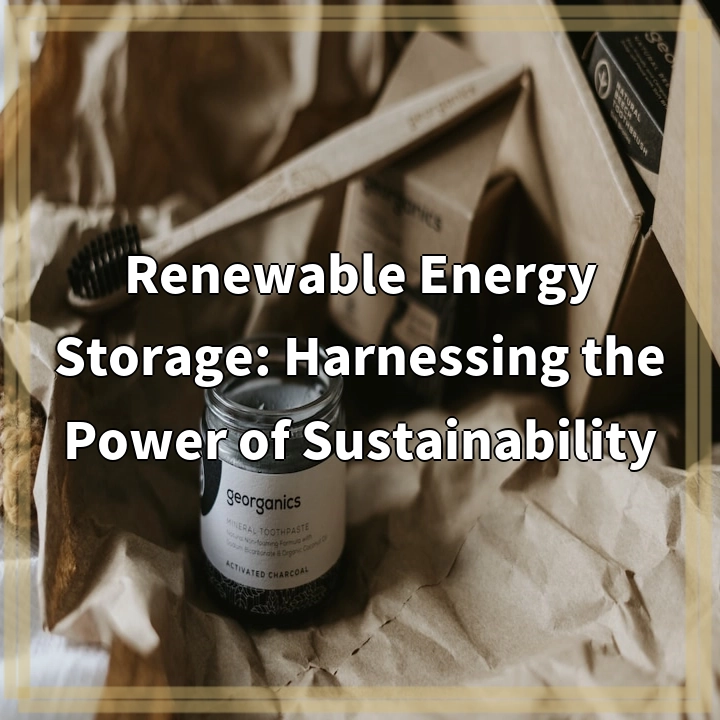
What it is:
Eco-friendly practices in cosmetology refer to the adoption of sustainable and environmentally conscious approaches within the beauty industry. With increasing concern about the impact of cosmetic products and beauty procedures on the environment, many professionals are now striving to implement eco-friendly practices to minimize their ecological footprint. This involves incorporating sustainable ingredients, using energy-efficient tools and technologies, reducing waste, and promoting ethical and environmentally conscious beauty practices.
Real-world problems:
Despite growing awareness and efforts in adopting eco-friendly practices, the beauty industry still faces several real-world problems in achieving sustainable beauty.
1. Harmful Ingredients:
Many beauty products on the market contain harmful chemicals and ingredients that are detrimental to both human health and the environment. These chemicals can cause allergic reactions, disrupt hormonal balance, and contribute to water pollution when washed down drains. The challenge lies in finding eco-friendly alternatives that perform well, while reducing the use of harmful ingredients.
2. Packaging Waste:
The beauty industry is notorious for its excessive use of packaging, leading to huge amounts of waste. Plastic packaging, in particular, is a major problem as most of it ends up in landfills or oceans, contributing to pollution and harming wildlife. Finding sustainable packaging options, such as biodegradable or recyclable materials, is crucial in minimizing the environmental impact of the beauty industry.
3. Energy Consumption:
The beauty industry relies heavily on energy-consuming tools and equipment, such as hair dryers, straighteners, and lighting in salons. This high energy consumption contributes to greenhouse gas emissions and increases the industry’s carbon footprint. Exploring energy-efficient technologies and implementing practices to reduce energy consumption can help mitigate this problem.
4. Water Usage:
The beauty industry consumes significant amounts of water during various processes, such as hair washing, dyeing, and rinsing. This excessive water usage puts pressure on water resources, especially in areas that experience water scarcity. Adopting water-saving practices, such as using low-flow faucets and collecting and reusing water, can help address this issue.
5. Lack of Awareness and Education:
Despite the growing interest in eco-friendly beauty practices, there is still a lack of awareness and education among consumers, professionals, and even beauty schools. Many individuals are not fully aware of the potential harm caused by certain beauty products and practices, nor do they know how to make eco-friendly choices. Increasing awareness through effective communication and educating professionals and consumers is essential to drive change.
Addressing these real-world problems requires collaboration among professionals, consumers, beauty product manufacturers, and policymakers. By embracing eco-friendly practices in cosmetology, the beauty industry can move towards a more sustainable and ethical future, where beauty and environmental stewardship go hand in hand.

Solutions to Real-World Problems:
1. Adopting Natural and Sustainable Ingredients:
Beauty professionals can choose products that prioritize natural and sustainable ingredients, minimizing the use of harmful chemicals. Educating consumers about the importance of reading labels and opting for eco-friendly brands can also promote the demand for such products.
2. Embracing Sustainable Packaging:
Beauty brands can reduce packaging waste by using eco-friendly materials such as biodegradable or recyclable packaging. Encouraging customers to recycle or return empty containers through incentivized programs can further reduce the environmental impact of packaging waste.
3. Implementing Energy-Efficient Practices:
Beauty salons can reduce energy consumption by utilizing energy-efficient tools and equipment. Using LED lighting, energy-saving appliances, and implementing smart energy management systems can significantly reduce the industry’s carbon footprint.
4. Water Conservation:
Implementing water-saving measures such as low-flow faucets, collecting and reusing water, and promoting efficient water management techniques can help minimize water usage in the beauty industry.
5. Increasing Awareness and Education:
Beauty professionals and schools can educate themselves and consumers about the importance of eco-friendly practices. This can be achieved through training programs, workshops, and online resources that highlight the environmental impact of certain beauty practices and promote sustainable alternatives.
By implementing these solutions, the beauty industry can make significant progress in transitioning towards a more sustainable and environmentally conscious model. These practices not only benefit the planet but also contribute to the well-being of consumers and the overall reputation of the industry.















